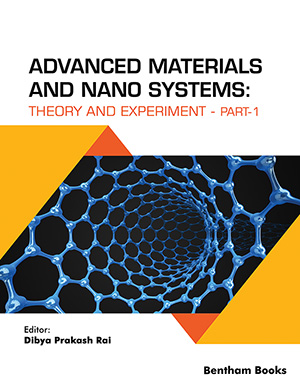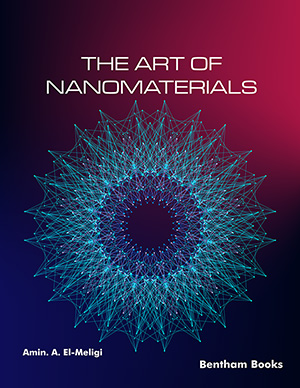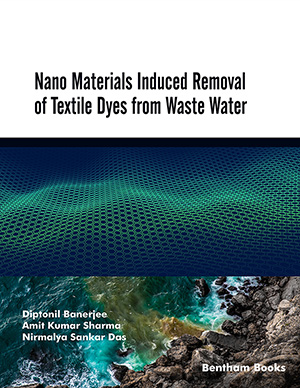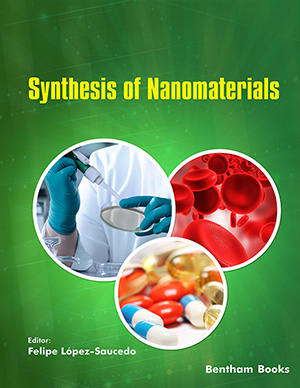Abstract
The usefulness of electron spins in quantum information technologies such as spintronics or quantum computation is determined by the spin-lattice (T1) and spinspin (T2) relaxation times. These relaxation times should be long relative to the characteristic times required for spin control in order to allow for controlled information manipulation. Despite the central importance of T1 and T2 in modern information technologies, direct experimental access to these quantities is scarce. Electron spin resonance (ESR) spectroscopy is one of the few-experimental methods, offering direct access to both T1 and T2 of electrons. In this chapter, we present recent advancements in pulsed and continuous wave ESR spectroscopy of conducting carbon nanomaterials that have emerged with the potential for practical applications.
Keywords: Conducting carbon materials, Conduction ESR (CESR), Disordered onion-like carbon nanospheres (DOLCNS), Electron Spin Resonance (ESR), ESR linewidth, ESR signal amplitude, g-shift, Graphene, High-field ESR, Pulsed ESR, Rabi oscillations, Saturation methods, Skin depth, Spin dynamics, Spin-lattice relaxation time, Spin lifetime, Spin relaxation process, Spin-spin relaxation time, Spitronics, Synthetic graphene.






















